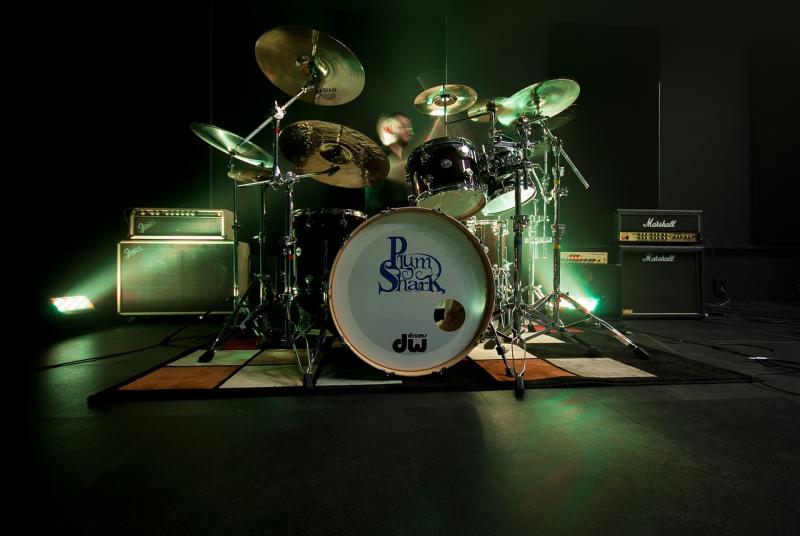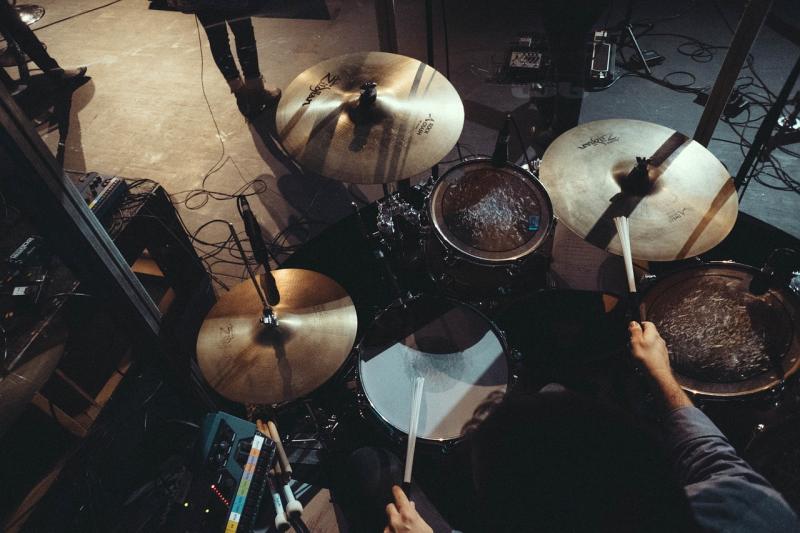When it comes to drum kits, there’s a whole world of options out there. Understanding the different types can really help you decide what works best for your playing style and space. Here’s a quick rundown of the main types of drum kits you might consider.
Acoustic Drum Kits: These are the classic drum sets you often see in bands or on stage. They consist of wooden shells, metal hardware, and are usually best for live performances. The sound is big and dynamic, making them great for rock, jazz, and pretty much any genre where you want that rich, natural tone. They do require tuning and maintenance, but many drummers love that hands-on connection.
Electronic Drum Kits: If you're living in an apartment or just need something quieter, electronic kits might be your best friend. They use pads that trigger sounds instead of actual drums, so you can play with headphones and keep the noise down. Plus, they often come with built-in features like metronomes and recording capabilities, which can be super handy for practice and songwriting.
Hybrid Kits: Can’t choose between acoustic and electronic? No problem! Hybrid kits combine both elements. You’ll usually find traditional drum shells paired with electronic triggers. This gives you the best of both worlds: the authentic feel of acoustic drums with all the versatility of electronics. Pretty neat, right?
When choosing your drum kit, think about where and how you’ll be playing. Each type has its own vibe and setup, so figure out what resonates with you. Whether you're jamming at home or performing in front of a crowd, there’s a drum kit that’s just right for your needs!
Key Features to Look For
When you're on the hunt for the perfect drum kit, there are several key features you’ll want to consider. Each one can make a big difference in how you play and how much you enjoy your drumming experience. Let’s break it down!
1. Drum Shell Material: The material of your drum shells plays a huge role in the sound of your kit. Common materials include:
Think about the type of music you want to play and choose a material that fits that vibe.
2. Hardware Quality: Don’t overlook the hardware! Good quality hardware ensures stability and durability. Check for:
This can save you a lot of hassle down the line—nobody wants a wobbly kit!
3. Different Drum Sizes: The size of your drums affects their sound and how they play. Standard sizes include:
Consider your playing style and space; smaller kits are easier to transport, while larger kits may offer more versatility in sound.
How to Choose Your Sound
Choosing the right sound for your drum kit is key to getting the vibe you want in your music. First things first, think about the style of music you love. Are you jamming to rock, jazz, or something more electronic? Each genre has its own signature sound, and picking the right drum kit can make a big difference.
Next, consider the material of the drums. Most drum kits are made from wood like birch, maple, or mahogany. Birch gives you a bright, punchy sound, while maple produces a warmer tone. Mahogany can often give a richer, fuller sound. It's like picking the perfect flavor for your favorite dish; it all boils down to personal taste!
Don't forget about the drumheads! They come in a variety of options that can change your sound significantly. Coated heads are great for a warmer sound, while clear heads provide a brighter and more resonant tone. Experimenting with different drumheads can really help you nail down your unique sound.
Lastly, think about your budget and space. If you're just starting out, you might not want to break the bank. There are plenty of affordable kits that still offer great sound and quality. And if you're short on space, a compact electronic drum kit can give you tons of customization options without taking over your living room!
Budget Tips for Beginners
Getting into drumming doesn't have to break the bank! Here are some handy budget tips to help beginners find the right drum kit without going overboard:



